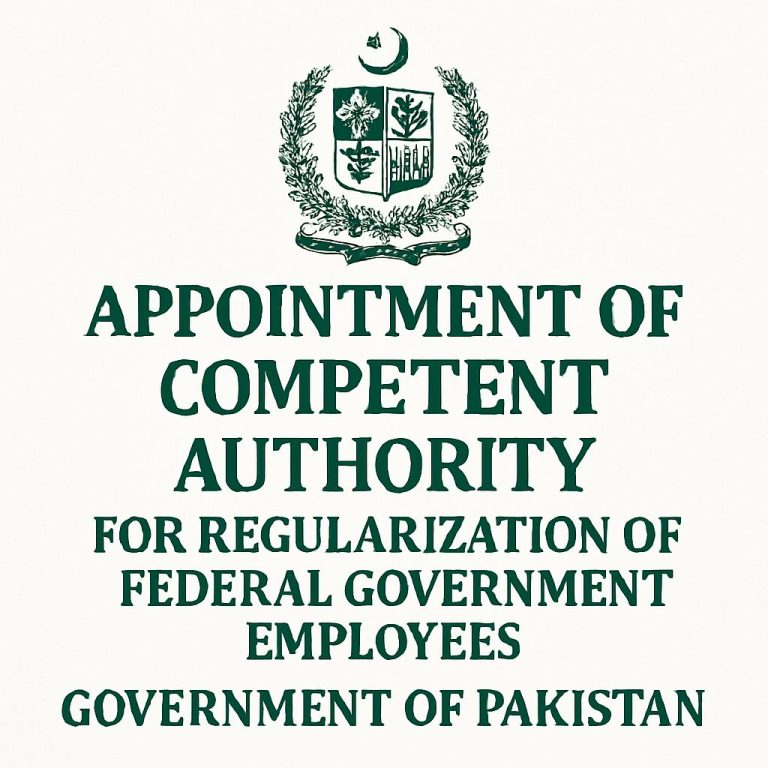
Introduction
The Australian federal election of 2025 has concluded. The results mark the beginning of a new chapter in the nation’s political history. Voter turnout was high, debates were intense, and the stakes were greater than ever. Australians went to the polls to shape the future of their country. Whether you’re a political enthusiast, a concerned citizen, or just curious about global democracy, understanding the 2025 election results is important.
A Historic Voter Turnout
One standout feature of this election was the voter turnout. The Australian Electoral Commission (AEC) reported a participation rate above 90%. This marks a clear increase compared to previous years. It reflects a growing interest in political matters. Key issues such as climate change, healthcare, living costs, and national security played a major role.
The Winning Party and Their Agenda
The Australian Labor Party (ALP) won the election with a solid majority in the House of Representatives. Prime Minister [Insert Name] will continue in office. The party has promised to focus on economic recovery, clean energy, and improved healthcare access. Many see this win as public support for the ALP’s progressive vision. The focus is on building a greener and fairer Australia.
Key Takeaways from the Election
Climate Policy Took Center Stage
Climate change was a major issue in this election. Rising bushfires, droughts, and environmental damage made it a top concern. The ALP’s plan for net-zero emissions by 2050 attracted many voters. Promises of investment in renewable energy helped the party gain momentum.
Housing Affordability and Living Costs
Many voters were worried about high rent and inflation. The ALP’s pledge to introduce rent caps and build affordable homes gained strong support. Younger voters and first-time homebuyers found these policies appealing.
Health and Aged Care
The pandemic highlighted flaws in the healthcare system. In response, the ALP committed to increasing funding for aged care, mental health services, and rural clinics. These promises were well-received by voters across the country.
Indigenous Recognition
The Voice to Parliament referendum was a key topic. The ALP supports constitutional recognition of Indigenous Australians. They also aim to implement recommendations from the Uluru Statement from the Heart.
Impact on Foreign Relations
The election will also shape Australia’s global role. With new climate policies, Australia aims to strengthen ties with Pacific nations. The country will likely play a bigger part in global climate talks. Relations with the U.S., China, and Asian neighbors will be crucial. The new government is expected to balance these partnerships carefully.
Opposition’s Response
The Liberal-National Coalition did not regain power. However, they have pledged to rebuild and modernize their platform. Opposition Leader [Insert Name] acknowledged the need for fresh ideas, especially on climate and gender equality. Experts believe the party’s future depends on how well it can adapt.
Rise of Independents and Minor Parties
Independent candidates and smaller parties saw major gains in this election. Groups like the Greens and Teal Independents won seats in traditional strongholds. This reflects public frustration with major parties and a desire for greater transparency and environmental action.
Public Reaction and Media Coverage
The election results sparked widespread discussion. Many Australians saw the outcome as a step toward accountability and change. Social media played a big role in shaping opinions. Hashtags like #AusVotes2025 and #ClimateNow trended nationwide.
Conclusion
The 2025 election is a turning point for Australia. With the Labor Party’s win, the country enters a new phase of reform. Key areas include climate, economy, and healthcare. The coming years could bring big changes. All eyes are now on Canberra to see if promises will turn into action.





